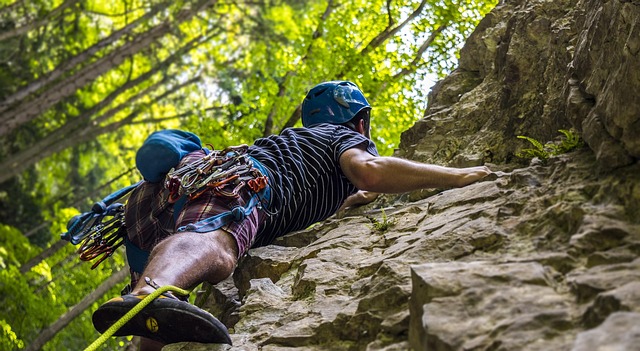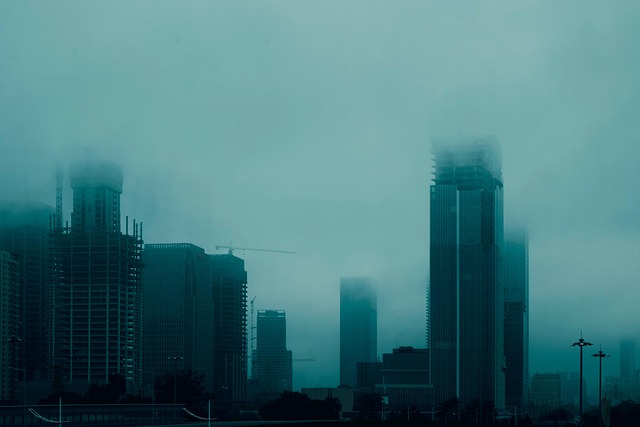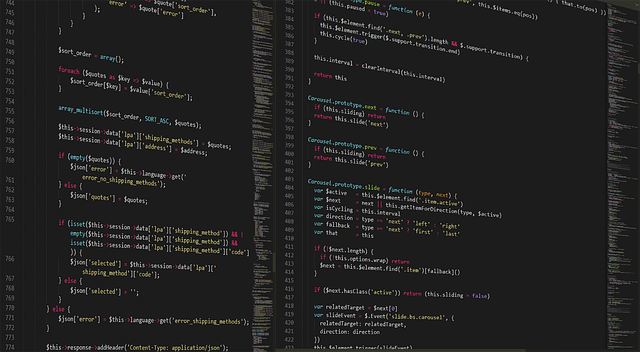
Exploring the Artistic Struggles: Unveiling the Challenges of Painting in Your Free Time
There’s something truly magical about the allure of painting—a realm where creativity flows and stress melts away. Especially in our downtime, when the pressures of daily life ease, many of us dream of picking up a brush and translating imagination onto canvas. However, behind the strokes of color lies a maze of challenges that often go unnoticed. For those who turn to painting as a leisure activity during their free time, the artistic journey can be as demanding as it is rewarding.
Free time is precious. Between work, family, and everyday responsibilities, carving out time for painting can feel like chasing sunlight through clouds. While the intention is often there, the execution falters. You sit with a blank canvas, the paints ready, and yet—nothing. This creative block is one of the most frustrating challenges artists face when painting in their leisure hours. The pressure to create something meaningful within such a limited window can feel overwhelming, sometimes stifling the creative flow before it even begins.
Moreover, painting as a leisure activity is often competing with other forms of relaxation. In moments when energy runs low, the allure of a screen or a nap can be stronger than even the most colorful palette. Painting requires not just time, but mental space and emotional availability. Balancing that with the need for rest and rejuvenation during free time becomes a subtle yet persistent struggle. This internal tug-of-war often leads to feelings of guilt or inadequacy, adding emotional complexity to an already nuanced hobby.
Then there’s the physical space—or the lack thereof. Not everyone has a dedicated art studio; many of us transform dining tables or small corners into makeshift art stations. Setting up and packing away materials can eat into that precious leisure time, discouraging us from even starting in the first place. The challenge isn’t just in creating art—it’s in overcoming the logistical hurdles that come with painting as a non-professional pursuit.
Let’s not forget the emotional challenges tied to expectations. When we paint in our free time, we often hope it will serve as a therapeutic escape. But when a piece doesn’t turn out the way we imagined, it can lead to disappointment instead of the hoped-for calm. This emotional rollercoaster is intensified for self-taught or beginner artists, who may constantly battle the fear of not being “good enough.”
Despite all these obstacles, the desire to paint during leisure time remains strong. The act of creating—even imperfectly—offers joy, growth, and a connection to something deeper within us. It’s in facing these challenges that we truly understand the resilience and passion that art demands.


